“I was utterly useless as a young athlete!” – perhaps not the words you would expect to hear from a coach of vast experience, national committee member, official and athletics journalist.
However, Charles Bannerman in his latest book, A Running Jump, starts off with an admission to catch you on the hop.
Charles, who is also Inverness Harriers’ longest serving member, having joined the club in 1969 when it was re-formed, admits he took time to catch up as a youngster.
He said: “I won one North of Scotland title and got several medals, but nothing too great. I was the first Inverness Harrier to run 800m in less than two minutes, but that really is not very good.
“If we were ever involved in any mischief, as youngsters tend to do on dark nights, the others had to let me get halfway up the street before they would do what they were doing – otherwise there was no way I was not going to be caught.
“I was very slow, and it was a gradual evolution, and it didn’t happen for me until I was 13 or 14.
“That was all back in the day when polio was still around. A boy in our class had a mild dose of polio and had to wear a small caliper in the lower part of one leg – even he beat me in a race.
“I was incredibly bad.”
A Running Jump has been talked about widely since its release last week, with the book mainly about Charles’ time in the sport of athletics stretching back 60 years.
He still coaches his 2021 Scottish 10k champion daughter – and it was a secret celebration Jenny put on in his honour this summer, with many of his ex-athletes in attendance, which led to the lightbulb moment to write it.
Much more than Highland Games
Charles’ look at how athletics in the Highlands was transformed by “modernisers” is of great interest.
That period first allowed sportspeople from the north to compete, and to show their value on national stages.
He explained: “Until the mid-1970s, north athletics was stuck in a bygone age.
“Athletics elsewhere was beginning to modernise, but here there was a North of Scotland Amateur Athletics Association which didn’t seem to be interested in forming clubs. It just seemed to be interested in running Highland Games and the like.
“It was just so primitive. We used to compete for teaspoons and butter dishes in village fields.
“Then, two important things happened.
“There was a political change within Scottish Athletics, which helped to modernise things. A lot of people started to get together at the same time, who wanted to change things.
“Eventually, the old guard stood down and the modernisers managed to improve the sport.
“Then, in Inverness, there was the delivery of the Queen’s Park track in 1984, which revolutionalised the sport here.
“I must, for this, give great credit to the late Bill McAllister, who was chairman of leisure and recreation within Inverness District Council.
“Through his initiative, they managed to get the funding together relatively cheaply because the base of the old (blaes) Queen’s Park was still there. They didn’t have to put that in, and it saved a packet on the contract.
“They completed the whole project for £190,000, which was remarkably cheap.
“Having Queen’s Park has made a huge difference to north athletics.”
A9 transformation aided athletes
Like many, Charles is keen to see the A9 improved.
However, he explained improving the trunk road in the 1970s was the pathway for Highland athletes to compete in the central belt and beyond.
He said: “While we are completely correct to call for improvements to the A9, we should consider what happened to the road in the 1970s, which is coincidental as more travelling was needed by athletes in the north.
“The A9, at that point, was being upgraded.
“It used to take four hours to get from Inverness even to the Forth Road Bridge, or around five hours to Glasgow.
“We used to stay overnight in youth hostels, which were primitive and cost around £1.70 per night.
“You just didn’t go down south and back within a day as we do now.”
Jayne was the best ‘clean’ junior in world
As a coach, Charles has guided many athletes to full Scottish and Great Britain honours across a wide range of events.
These included Jayne Barnetson, who broke the Scottish high jump record (of 1.88m) in 1985 and still holds it.
Charles is firm in his belief the outstanding teenage talent from Ross-shire was the best in her class anywhere in the world, and – unlike those who beat her – she was clean and not reliant on any illegal boosts.
He said: “Jayne had to break the Scottish senior record to qualify for the European Junior Championships because the standard for the European Junior Championships.
“One of the main reasons for the standard being so high was drugs. That all came out half a decade later when the (Berlin) wall came down.
“I have been in no doubt that in 1985 and 1986, when Jayne was fourth in the European and fourth in the World Junior Championships, in both cases behind three athletes from eastern European nations, Jayne was the best clean junior high jumper in the world on those two years.”
Book contains anecdote on runner who took to water in a bid to win cross-country race
One of the many anecdotes in the book to delight readers comes in the form of a local runner whose bid to win a race by swimming in the Caledonian Canal was foiled one freezing morning in Inverness.
Charles said: “In 1973, it was the North of Scotland Cross Country Championships – the only one in the area that year.
“I was a junior runner in that race. Juniors could run with seniors.
“It was a snowy day, and we were away up to the base of Craig Dunain and I recall coming back down along the old A82 road and there was a crowd of athletes standing by the Caledonian Canal.
“There was an Inverness Harrier athlete called Ian Johnstone standing there soaking wet with his teeth chattering.
“He had been leading the race by a street. When he got to the canal, he realised the bridge had opened to let a boat through.
“Of course, the whole field was to go over the bridge and straight on to the Queen’s Park area to finish the race. Queen’s Park was there, but derelict, with it being 1973.
“Ian was so fired-up that he dived into the canal and began swimming for it. He got less than halfway over and got so cold that he had to turn back.
“More and more runners were arriving. I was quite far down the field when I got there.
“The entire race had to be rerun six weeks later. Poor Ian had a stinker in the rerun.”
Going beyond boundaries of athletics for readers
And Charles explains there are areas in the book which will capture the attention of the wider sports fans as we push towards 2024.
He added: “In the penultimate chapter, I look fairly critically at a number of areas such as sportscotland, and political correctness, which is in danger of strangling sport.
“And the last chapter is fiction based on fact.”
*** A Running Jump, priced £10, can be obtained from Waterstones, the Dalneigh Stores and the Crown Stores in Inverness, and by emailing runningjump@btinternet.com
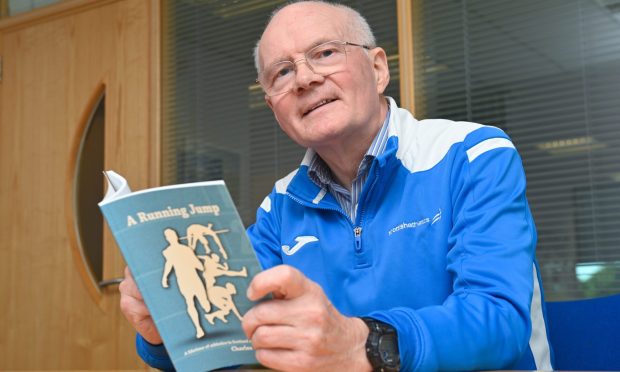
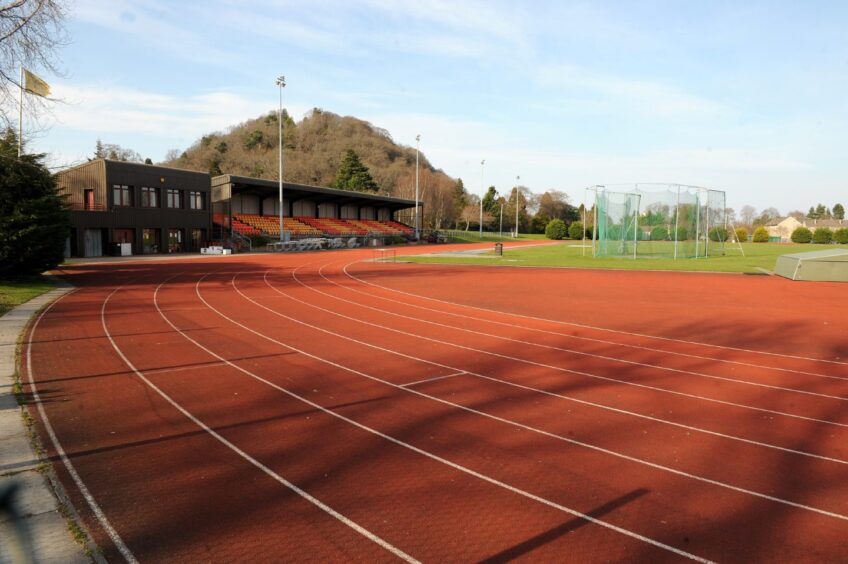
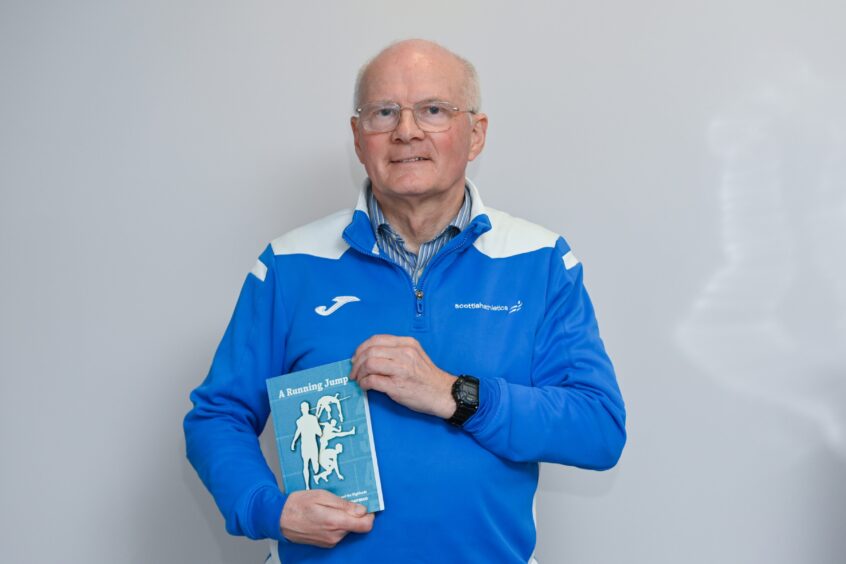
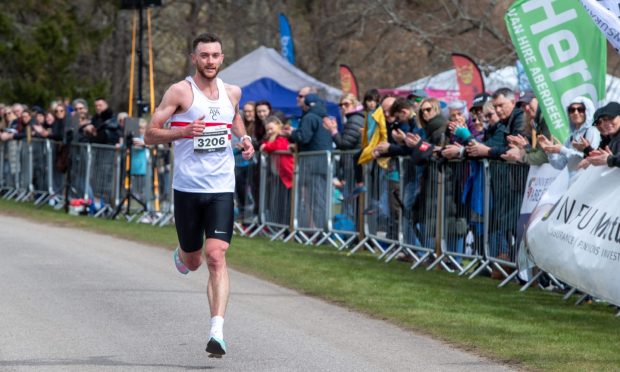
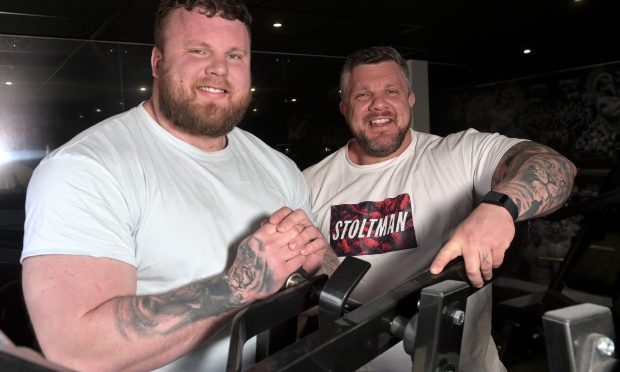
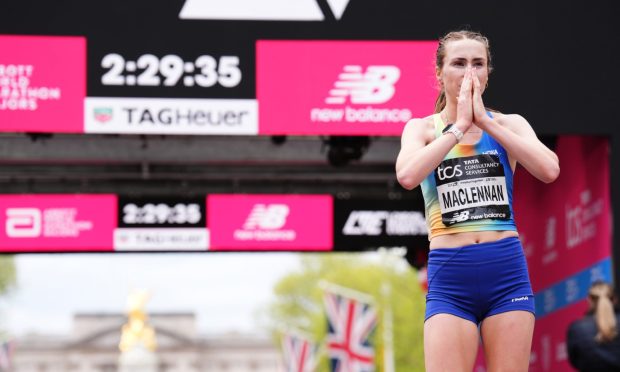
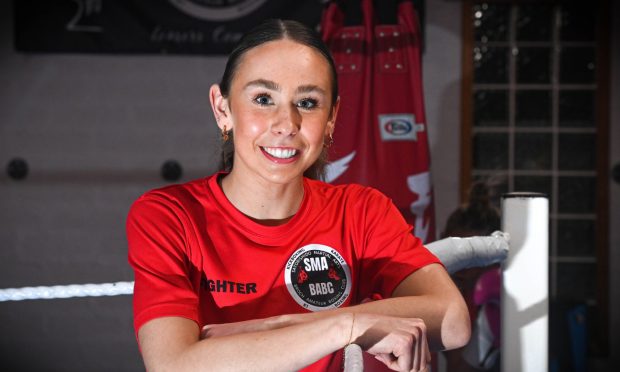
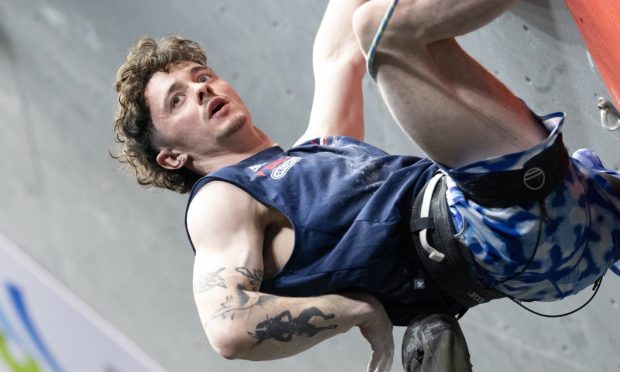
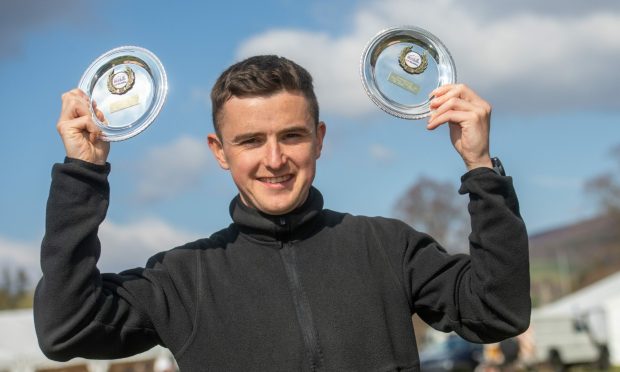
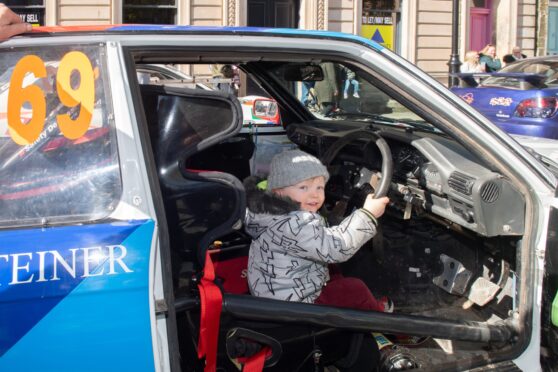
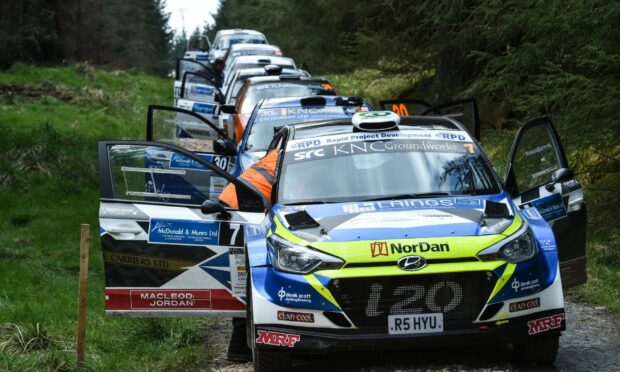
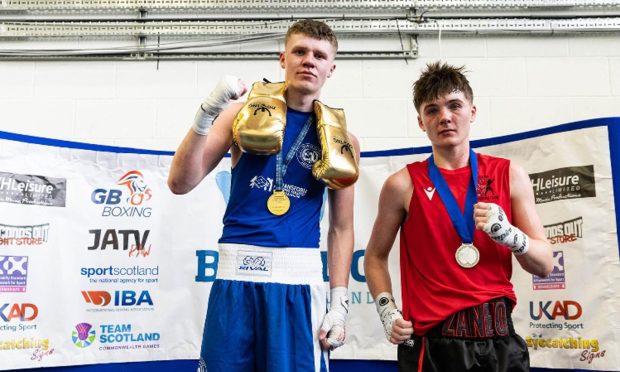
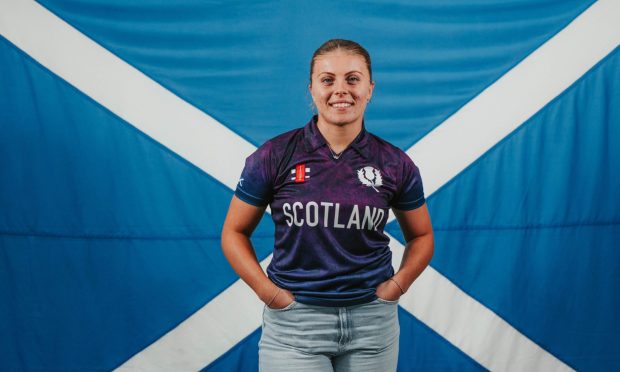
Conversation